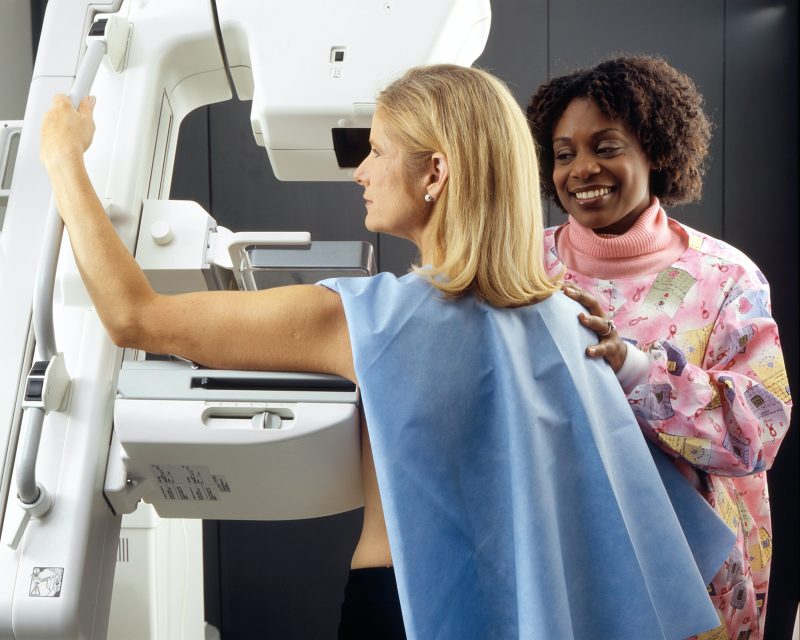A guide to 3D mammography
When a person has no symptoms or signs of breast cancer, a 3D mammography is to check for the disease. Additionally, it may be helpful to look into the origin of breast issues such as breast tumors, discomfort, and nipple discharge. The 2D pictures are enhanced by the new technology, even if the iconic vice hold on the breast tissue remains. According to studies, there is less need for extra imaging when 3D mammography is with regular mammograms, and there is a slight increase in the number of malignancies found during screening.
Although 3D mammography is increasing in popularity, not all medical institutions provide it. More and more women are getting 3D mammograms. Check with your doctor if you’re not sure if they do. Most breast institutions, particularly those in urban regions like 3D mammogram in Fair Lawn, NJ, feature 3D mammography.
Need for 3D mammography
It can be helpful to look for breast issues like a suspected lump or thickening. Doctors may advise further imaging when they find anomalies on conventional mammography pictures. It can need more time and cost more money. Follow-up imaging is not as necessary when a 3D mammography is in addition to a regular mammogram.
Because the 3D picture enables clinicians to look beyond areas of density, a 3D mammography benefits identifying breast cancer in persons with thick breast tissue. More dense breast material than fatty tissue can be in dense breasts. Breast cancer may be harder to detect in thick breasts since breast density and tumors show white on routine mammography.
Even while 3D mammograms have become more prevalent, not all facilities provide them. Check with your doctor whether this test is offered in your region if you’re keen on having it. Before your trial, speak with your insurance company to determine what charges you might anticipate. A week before, your breasts are most likely to feel sore. The week following your monthly cycle is often the ideal time if you have not yet experienced menopause. Do not apply deodorants or antiperspirants on your breasts or the areas beneath your arms.




